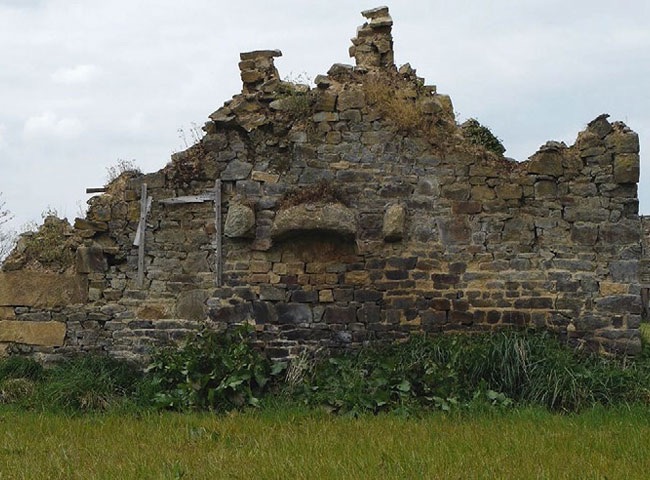Ce gigantesque retournement de la terre
-
Réalisé par Claire Angelini • Écrit par Claire Angelini
-
France • 2015 • 71 minutes • HD • Couleur et Noir & Blanc
- Réalisation :
Claire Angelini - Écriture :
Claire Angelini - Image :
Claire Angelini - Son :
Claire Angelini - Montage :
Claire Angelini - Mixage :
Alexandre Rameaux, David Bouvard - Étalonnage :
Jörg von Baczko
- Production (structure) :
Albanera Production - Ayant droit :
Albanera Production
- N° ISAN :
non renseigné
Résumé
"En 1944, dès que les Allemands, vaincus, eurent quitté la Basse-Normandie, Jean Grémillon se rendit dans son pays natal avec un opérateur et il entreprit un film sur "les désastres de la guerre" qui accompagnèrent la Libération. Il n’acheva Le Six juin à l’aube que deux ans plus tard et le film ne sortit, brièvement, qu’en 1949 pour tomber dans un entêtant oubli.
Le film de Grémillon est un relevé topographique des désastres survenus : chaque image, chaque objet peut être rapporté à un lieu précis, sans qu’il soit pourtant nommé. En remettant mes pas et mon regard dans ceux de ce cinéaste et de ce film soixante-dix ans plus tard, je n’ai pas cherché à faire un film palimpseste qui ferait apparaître "ce qui a changé" entre-temps : ruines relevées, villes reconstruites, paysages façonnés à nouveau par les entreprises qui s’y déploient. J’ai, au contraire, cherché à poursuivre cette vision archéologique engagée par "Le Six juin à l’aube", qui est lui-même devenu à son tour l’une de ces couches de sédiments, sur laquelle se sont déposées les années qui nous en séparent. [...]"
(Claire Angelini)
"Normandy is a place steeped in history - after the Allied landings on 6th June 1944, it became one of the Second World War’s most hotly contested territories. Making direct reference to Jean Grémillon’s film Le Six juin à l’aube, which was shot in 1944/5 under the direct influence of the total destruction of the region, this documentary essay carries out an inspection in search of the traces left behind by history 70 years later.
But landscapes are silent. They tell us little of themselves. The scars of the past are not revealed unasked. So how can history be made visible in the present through film? To begin with, an old man affected by the war in his youth formulates his memories. Then the locations from Grémillon’s film are shown in their current state, augmented with the dramatic music and narrator’s commentary from the original film. Then there are off-screen reflections about post-war architecture and images of buildings that represent "urban modernity". The three-part structure and the precise use of sound and image expose the different temporal strata and historical sediments, which, newly visible, are inscribed into the terrain."
(Claire Angelini)
Mot(s)-clé(s) thématique(s)
Sélections et distinctions
- 2015 • Festival international du film de Berlin - Berlinale • Berlin (Allemagne) • Sélection Forum
Comment avoir accès au film ?
-
Édition DVD
- Il n'existe pas d'édition DVD à notre connaissance
-
Accès VOD
- Il n'existe pas d'accès en VOD à notre connaissance
- Distribution
- Aide sur les moyens d'accéder à un film
